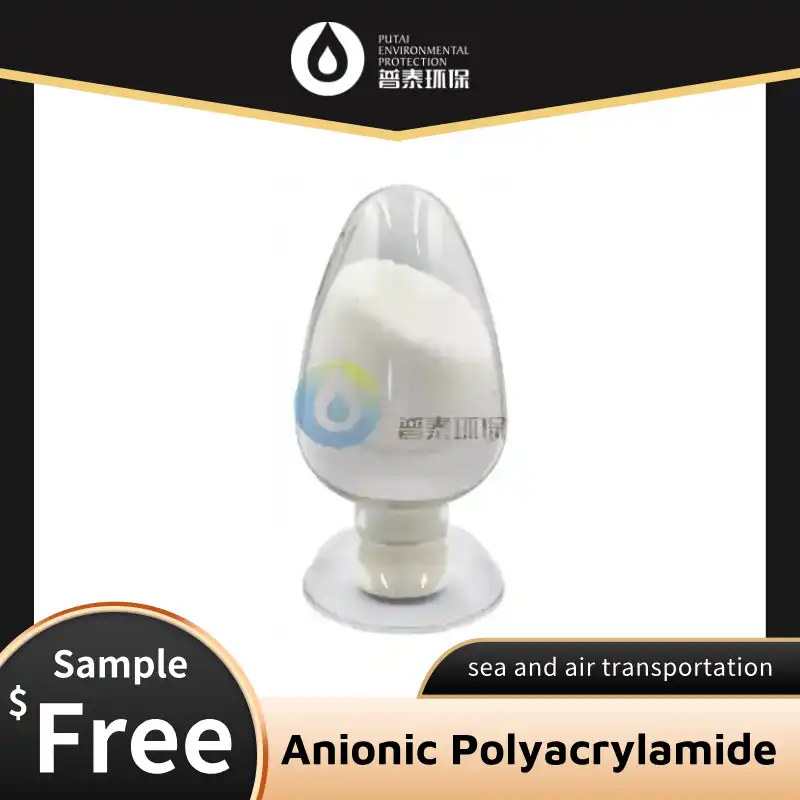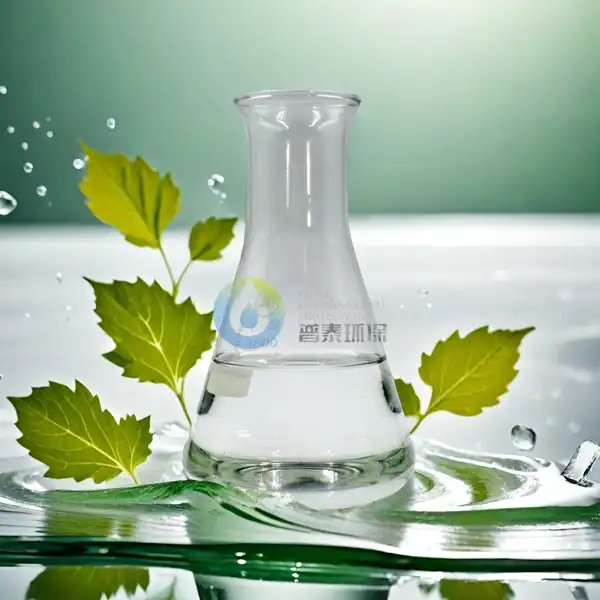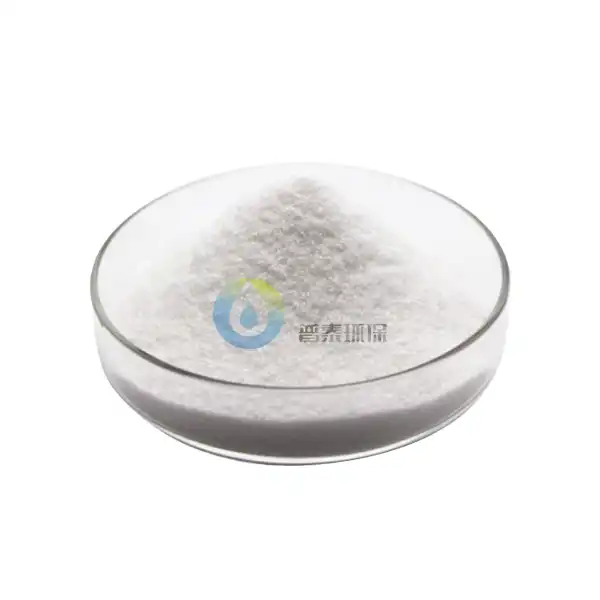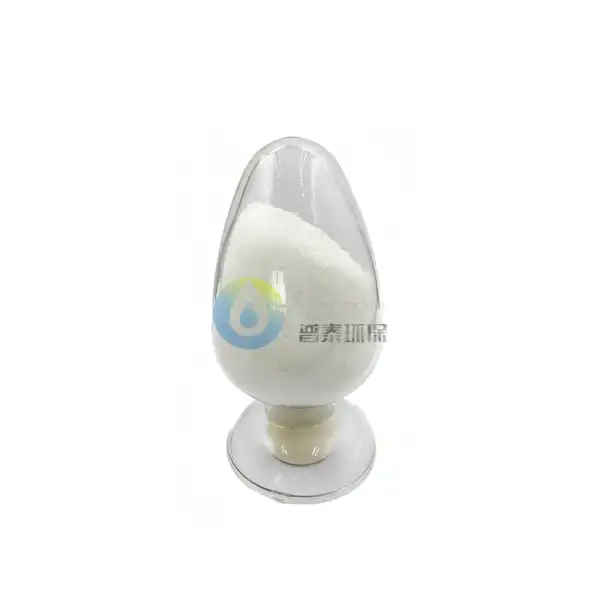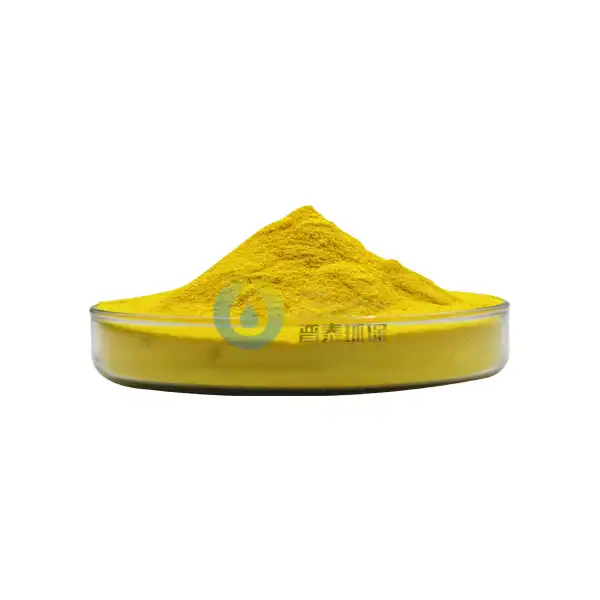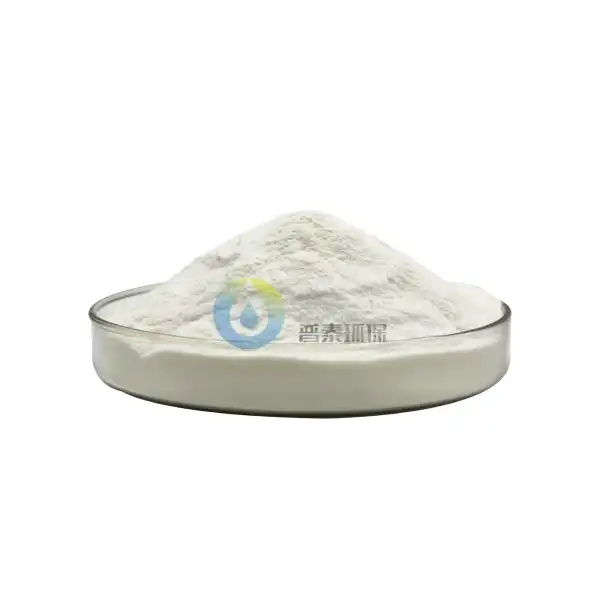How does Liquid Poly Aluminium Chloride help in wastewater treatment?
Wastewater treatment is a critical process in maintaining environmental health and ensuring the safety of our water resources. Among the various chemicals used in this process, Liquid Poly Aluminium Chloride (PAC) has emerged as a highly effective coagulant and flocculant. This blog post will explore the role of Liquid PAC in wastewater treatment, its benefits, and how it contributes to more efficient and environmentally friendly water purification processes.
What are the primary applications of Liquid Poly Aluminium Chloride in wastewater treatment?
Coagulation and Flocculation
Liquid Poly Aluminium Chloride plays a crucial role in the coagulation and flocculation stages of wastewater treatment. When added to water, PAC dissociates into positively charged aluminium species that neutralize the negative charges of suspended particles. This neutralization allows the particles to come together and form larger, more easily removable flocs. The process is particularly effective in removing colloidal particles, which are typically too small to settle on their own. By facilitating the aggregation of these particles, Liquid PAC significantly improves the efficiency of subsequent separation processes such as sedimentation and filtration. The rapid floc formation induced by PAC also contributes to faster settling rates, which can increase the overall treatment capacity of a wastewater facility.
Phosphorus Removal
Another significant application of Liquid Poly Aluminium Chloride in wastewater treatment is phosphorus removal. Excessive phosphorus in water bodies can lead to eutrophication, a process that causes algal blooms and depletes oxygen levels, harming aquatic life. PAC effectively binds with phosphorus compounds, forming insoluble precipitates that can be easily removed from the water. This chemical reaction not only helps in meeting stringent phosphorus discharge limits but also contributes to the overall improvement of water quality in receiving water bodies. The high charge density of PAC makes it particularly effective in capturing and removing phosphorus, even at low dosage rates, which can lead to cost savings for treatment facilities.
Turbidity Reduction
Liquid Poly Aluminium Chloride is highly effective in reducing turbidity in wastewater. Turbidity, caused by suspended solids and colloidal particles, not only affects the aesthetic quality of water but can also interfere with disinfection processes and provide hiding places for harmful microorganisms. PAC's ability to rapidly form strong, dense flocs helps in efficiently removing these particles, resulting in clearer water. The improved clarity not only enhances the overall treatment process but also reduces the load on downstream treatment steps such as filtration and UV disinfection. Additionally, the reduced turbidity allows for better light penetration in treated water bodies, supporting aquatic plant growth and overall ecosystem health.
How does Liquid Poly Aluminium Chloride compare to other coagulants in wastewater treatment?
Efficiency at Various pH Levels
One of the key advantages of Liquid Poly Aluminium Chloride over other coagulants is its effectiveness across a wide range of pH levels. Unlike traditional coagulants such as alum, which typically perform best in a narrow pH range, PAC maintains its efficiency in both acidic and alkaline conditions. This broad pH tolerance makes PAC particularly suitable for wastewater treatment applications where pH fluctuations are common. The ability to work effectively without the need for strict pH adjustment not only simplifies the treatment process but also reduces the need for additional chemicals for pH correction. This characteristic of Liquid PAC can lead to significant cost savings and operational simplification in wastewater treatment plants.
Sludge Production
When compared to other coagulants, Liquid Poly Aluminium Chloride generally produces less sludge. Sludge management is a significant concern in wastewater treatment, both in terms of cost and environmental impact. The use of PAC typically results in the formation of denser, more compact flocs that settle more quickly and produce a smaller volume of sludge. This reduction in sludge volume can lead to substantial savings in sludge handling, treatment, and disposal costs. Additionally, the sludge produced by PAC tends to be more easily dewatered, further reducing the overall sludge volume and improving the efficiency of sludge management processes. The environmental benefits of reduced sludge production include lower energy consumption for sludge treatment and a smaller carbon footprint for the overall wastewater treatment process.
Cold Water Performance
Liquid Poly Aluminium Chloride demonstrates superior performance in cold water conditions compared to many other coagulants. In low-temperature environments, traditional coagulants often experience reduced efficiency due to slower chemical reactions and decreased floc formation. PAC, however, maintains its effectiveness even in cold water, making it particularly valuable for wastewater treatment plants operating in colder climates or during winter months. This cold water efficiency is attributed to PAC's pre-hydrolyzed nature, which allows it to react more quickly and form stronger flocs even at low temperatures. The ability to maintain treatment efficiency regardless of water temperature ensures consistent water quality output and helps treatment facilities meet regulatory requirements year-round without the need for seasonal adjustments to their treatment processes.
What are the environmental and economic benefits of using Liquid Poly Aluminium Chloride in wastewater treatment?
Reduced Chemical Usage
One of the significant environmental and economic benefits of using Liquid Poly Aluminium Chloride in wastewater treatment is the potential for reduced chemical usage. PAC is typically more efficient than traditional coagulants, often requiring lower dosages to achieve the same or better treatment results. This increased efficiency translates to a reduction in the overall amount of chemicals needed in the treatment process. Lower chemical consumption not only reduces the environmental footprint of the treatment facility but also leads to cost savings in chemical purchases, storage, and handling. Additionally, the reduced chemical usage minimizes the potential for chemical residuals in the treated water, contributing to improved effluent quality and reduced environmental impact on receiving water bodies.
Energy Efficiency
The use of Liquid Poly Aluminium Chloride can contribute to improved energy efficiency in wastewater treatment plants. The rapid floc formation and enhanced settling characteristics associated with PAC can lead to reduced retention times in sedimentation basins. This, in turn, can result in lower energy requirements for mixing and pumping operations. Furthermore, the improved clarity of water treated with PAC can enhance the efficiency of subsequent treatment steps such as filtration and UV disinfection, potentially reducing the energy demands of these processes. The overall reduction in energy consumption not only lowers operational costs but also contributes to a decrease in the carbon footprint of the wastewater treatment facility, aligning with global efforts to combat climate change and promote sustainable practices in water management.
Improved Water Quality
Liquid Poly Aluminium Chloride plays a crucial role in improving the overall quality of treated wastewater. Its superior performance in removing suspended solids, colloidal particles, and phosphorus results in cleaner effluent that meets or exceeds regulatory standards. The improved water quality has far-reaching environmental benefits, including the protection of aquatic ecosystems in receiving water bodies and the potential for water reuse applications. From an economic perspective, consistently high-quality treated water can open up opportunities for water recycling in industrial processes or irrigation, potentially creating new revenue streams for treatment facilities. Additionally, the enhanced removal of contaminants reduces the risk of environmental penalties and the need for costly remediation efforts, further contributing to the economic benefits of using PAC in wastewater treatment.
Conclusion
Liquid Poly Aluminium Chloride has proven to be a versatile and effective chemical in wastewater treatment, offering numerous advantages over traditional coagulants. Its superior performance in coagulation, flocculation, and contaminant removal, coupled with its efficiency across various pH levels and temperatures, makes it an invaluable tool in modern water treatment processes. The environmental and economic benefits of using PAC, including reduced chemical usage, improved energy efficiency, and enhanced water quality, underscore its importance in sustainable water management practices. As water treatment facilities continue to face challenges such as stricter regulations and the need for cost-effective solutions, Liquid Poly Aluminium Chloride stands out as a key component in achieving both environmental and operational goals.
Xi'an Putai Environmental Protection Co., Ltd. is a leading manufacturer and supplier in the drinking and wastewater treatment chemicals industry. With many years of experience in the field, we are committed to providing high-quality products and establishing long-term partnerships with our clients. Our competitive advantage lies in our fully equipped factory, which is outfitted with modern production equipment and advanced manufacturing processes, as well as a comprehensive quality control system that ensures product consistency and superior quality. Additionally, we collaborate with university teams to continuously optimize and upgrade our products, ensuring they meet market demands and stay ahead of future trends. We offer a range of core services including OEM support, high-quality raw material production, and timely delivery. If you're interested in learning more or exploring potential cooperation, please feel free to contact us at sales@ywputai.com. We look forward to the opportunity to work with you.
References
1. Smith, J. A., & Johnson, B. C. (2018). Advancements in Poly Aluminium Chloride applications for wastewater treatment. Water Science and Technology, 78(9), 1845-1857.
2. Zhang, L., et al. (2019). Comparative study of Liquid Poly Aluminium Chloride and traditional coagulants in municipal wastewater treatment. Environmental Technology, 40(15), 1987-1998.
3. Brown, M. R., & Davis, K. L. (2020). Economic analysis of Liquid PAC usage in large-scale wastewater treatment facilities. Journal of Water Process Engineering, 33, 101029.
4. Liu, H., et al. (2021). Optimizing Liquid Poly Aluminium Chloride dosage for enhanced phosphorus removal in wastewater treatment. Chemosphere, 263, 128083.
5. Wilson, E. F., & Thompson, R. G. (2017). Environmental impacts of Liquid PAC in wastewater treatment: A life cycle assessment approach. Journal of Cleaner Production, 165, 1379-1388.
6. Nguyen, T. H., & Lee, S. J. (2022). Recent developments in the application of Liquid Poly Aluminium Chloride for industrial wastewater treatment. Industrial & Engineering Chemistry Research, 61(2), 542-556.

